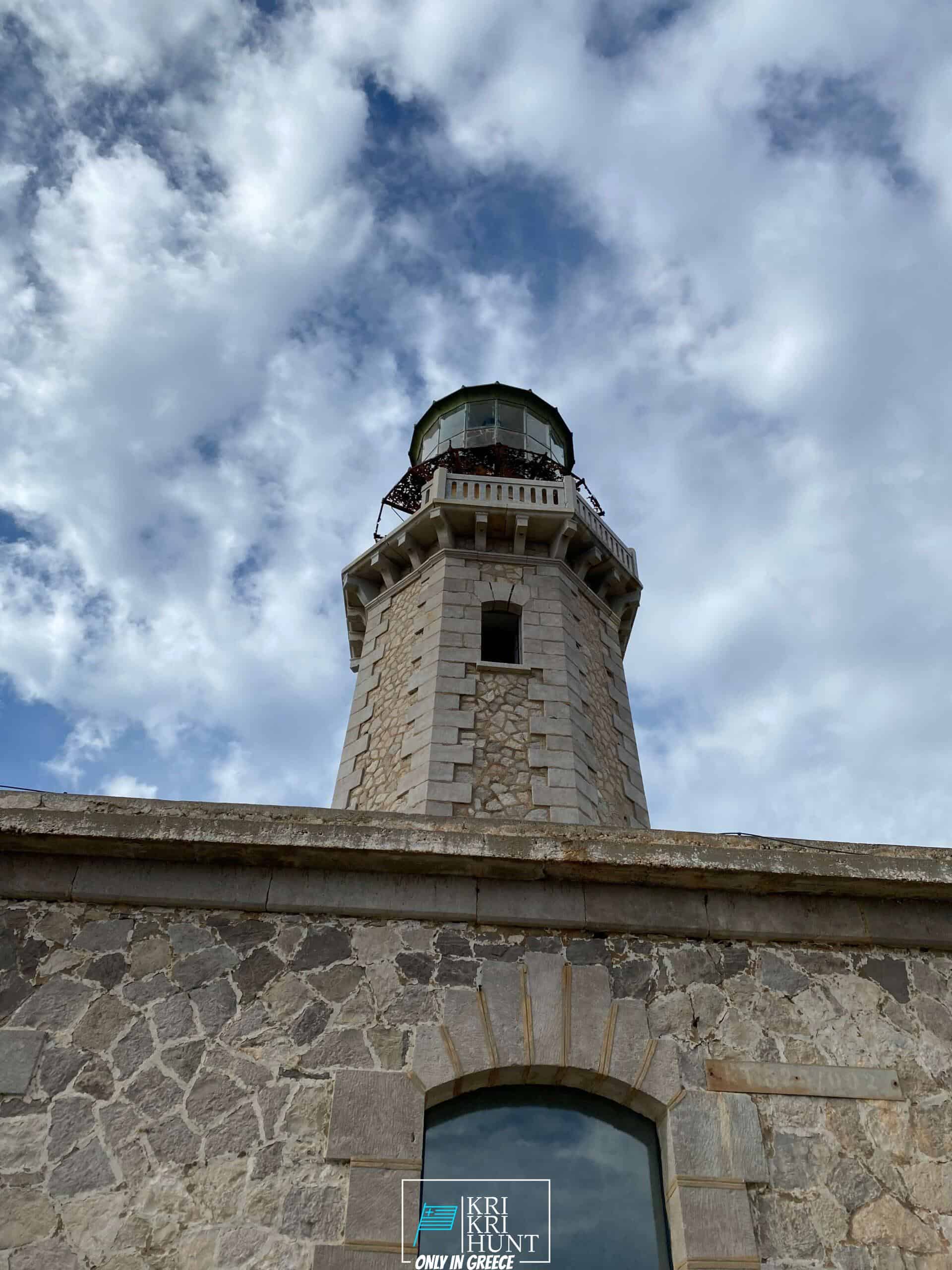Try our package for great holydays in Greece for Kri Kri ibex quest and more
Try our package for great holydays in Greece for Kri Kri ibex quest and more
Blog Article

To lots of people, The Peloponnese peninsula on the Greek Mainland is the 'actual' Greece, where things have not altered much whatsoever over the centuries despite the fact that many individuals have discovered it. This is a location where you can easily invest a month, however if you are short promptly after that our outside searching, Fishing, free diving and exploring Peloponnese Tours from Methoni is a wonderful option.

Hunting the kri kri ibex in Greece is a difficult task, particularly if you're a global hunter. You have to be a regional hunter in order to hunt kri kri ibex, which can only be shot in certain carefully secured hunting areas like specific islands. On 2 islands, 150 kilometers/ Atalanty/ and also 300 kilometers/ Sapientza/ from Athens, we offer the chance to search this amazing creature. It is only fired in unique searching locations from early morning till twelve noon, according to Greek regulation. Just shotguns may be made use of, and also only slugs may be utilized. Slugs are the only ammunition allowed. To assure that just serious hunters are enabled on these explorations, you must schedule a year in advance for your permit. The licenses are issued by the Greek Ministry of Nature and also Agriculture and also the government problems a certain number annually.
Our outdoor hunting, fishing, and also cost-free diving excursions are the excellent way to see every little thing that Peloponnese has to provide. These excursions are designed for travelers who intend to get off the beaten path as well as really experience all that this amazing region has to provide. You'll reach go hunting in some of one of the most beautiful wilderness areas in Greece, fish in crystal-clear waters for a range of different varieties, and free dive in a few of one of the most stunning coastline in the Mediterranean. As well as best of all, our skilled overviews will be there with you every step of the method to ensure that you have a risk-free and also enjoyable experience.
If you are searching for Kri Kri ibex search and also remarkable holiday location, look no more than the Sapientza island in Greece. With its sensational all-natural appeal, delicious food, and also abundant society, you will certainly not be disappointed. Schedule among our searching and touring Peloponnese Tours from Methoni today, dot neglect your prize Kri Kri ibex!
What is the diference between Kri Kri ibex, Bezoar ibex and hybrid ibex
The kri-kri is not thought to be indigenous to Crete, most likely having been imported to the island during the time of the Minoan civilization. Nevertheless, it is found nowhere else and is therefore endemic to Crete. It was common throughout the Aegean but the peaks of the 8,000 ft (2,400 m) White Mountains of Western Crete are their last strongholds–particularly a series of almost vertical 3,000 ft (900 m) cliffs called ‘the Untrodden’—at the head of the Samaria Gorge. This mountain range, which hosts another 14 endemic animal species, is protected as a UNESCO Biosphere Reserve. In total, their range extends to the White Mountains, the Samaria National Forest and the islets of Dia, Thodorou, and Agii Pandes.
This Ibex is NOT a diminutive form of the Bezoar Ibex, which has migrated into the western-most reach of the range of this species. The kri – kri (Capra aegagrus cretica), sometimes called the Cretan goat, Agrimi, or Cretan Ibex, is a feral goat inhabiting the Eastern Mediterranean, previously considered a subspecies of wild goat. The kri-kri has a light brownish coat with a darker band around its neck. It has two horns that sweep back from the head. In the wild they are shy and avoid tourists, resting during the day. The animal can leap some distance or climb seemingly sheer cliffs.
“The agrimi goat Capra aegagrus cretica is unique to Crete and its offshore islands. It has been identi®ed as a sub-species of the wild bezoar goat Capra aegagrus aegagrus Erxleben, 1777, which it closely resembles in horn shape, body form and coloration. This classi®cation has been disputed by some researchers who claim that the agrimi are feral goats, derived from early domestic stock brought to the island by the ®rst Neolithic settlers. In order to clarify this issue, DNA analyses (cytochrome b and D loop sequences) were carried out on tissue of live and skeletonized agrimi and compared to sequences of wild and domestic caprines. Results conclusively show the agrimi to be a feral animal, that clades with domestic goats (Capra hircus) rather than with wild Asiatic bezoar. This study demonstrates that morphometric criteria do not necessarily re¯ect genetic af®nities, and that the taxonomic classi®cation of agrimi should be revised.”
Report this page